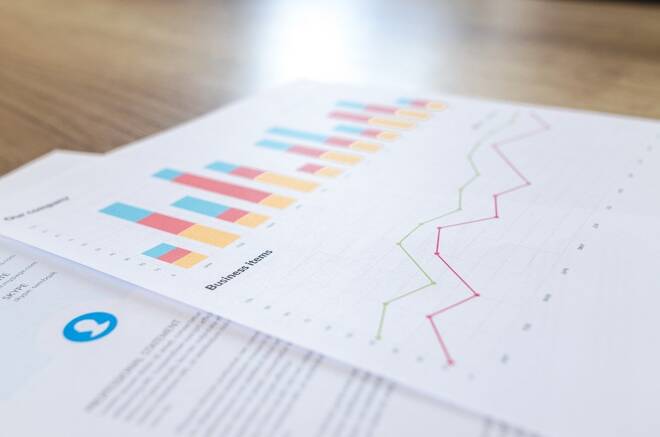Advertisement
Advertisement
Protecting Against a Market Crash With Options
By:
Is the fear of a market crash preventing you from buying equities? A good option strategy can provide downside protection to put your mind at ease.
It sure is an interesting time in the markets. On the one hand, the Coronavirus brings about a tremendous amount of uncertainty. On the other, several factors are contributing to continued gains in the equity markets which seem to be breaking to fresh record highs every other week.
This brings about a common dilemma of whether to invest or remain on the sidelines, waiting for a dip. The problem with waiting for a dip is that it’s most difficult to get in when the markets correct. Warren Buffett once said to be fearful when others are greedy and greedy when others are fearful. But to put this in practice is not so straight forward.
The recent decline in the S&P 500 is a good example. When the index hit a low at the end of January, it was easy to recognize the fear in the markets. But there was little reason to believe the index wasn’t going to drop say another 10%.
Being Too Late to The Trade
Once the market started rallying at the beginning of February, sentiment slowly started to roll over. By the end of the first week of the month, it became clear that the markets would not be held back by the virus as the S&P 500 rallied to a fresh record high.
But this presents a whole new problem for investors. The index had rallied short of 4% in the first week of February and it’s never comfortable investing at record highs.
In fact, markets often rally to a point where sentiment changes, only to reverse lower. This is commonly referred to as a bullish trap.
Perhaps buying equities blindly on a predefined correction might be an option. It surely would have worked if you rely on past price action, as uncomfortable as the premise may be. Another approach might be to protect the downside in the options market.
Using Options as Insurance
There has been an obvious rise in new investors coming into the markets in the last few years as the popularity of index ETF’s has gone up. Trading options, however, is still not very popular among the crowd of ETF investing.
I should mention, there are a lot of dangers in trading options. They effectively allow large positions to be taken with minimal investment. But when used right, options can be very beneficial.
A recent article published by MarketWatch discussed exactly this. The article was about Mark Spitznagel, founder of Universa Investments, and how he makes “far out-of-the-money bets”, for little cost, to protect his downside.
The article inspired me to look at different ways to protect downside exposure in equity markets. As an avid options trader, I had a few ideas.
A common approach is by taking positions in the VIX which is a volatility index created by the Chicago Board of Exchange. This method is widely known so I researched other methods.
Buying Put Options in SPY
If the markets were to decline as a whole, taking a bearish position on SPY seems like a good way to hedge against that.
So I took a look at some option quotes to see exactly what such a position might cost. I found that a put option, with a strike price of $303, expiring in September, would cost about $6.
If you’re unfamiliar with options, the above example provides rights to short-sell SPY at a predetermined price of $303 in September, regardless of where the index is trading at that time. The cost for this “right” is $6 per share. If SPY trades anywhere above $303, you would naturally forfeit your right and be out the $6 per share.
I picked $303 as it reflects a 10% decline from the current price of the index.
If SPY declines say 20% from current prices to roughly $242, your profit on the option would be $55 per share ($61 – the $6 initial investment). This would certainly help offset losses if holding long positions in the market.
The $6 per share works out to be roughly 2% of the current price of the index. Investing that 2% could help a lot of investors sleep easy at night.
The downside to this particular strategy is that if the index were to decline only 5% by September, you’d be out the 5% on your core positions and the roughly 2% on the options trade.
Bottom Line
To be clear, I don’t think the S&P 500 will fall sharply by September. Rather, I’m off the opinion that it’s never a bad idea to have some insurance.
There are more complex strategies such as put spreads that aim to maximize the return to investment that may be more suitable. If you think you can use downside protection in today’s market, it’s certainly worthwhile investigating these strategies further.
About the Author
Jignesh Davdaauthor
Jignesh has 8 years of expirience in the markets, he provides his analysis as well as trade suggestions to money managers and often consults banks and veteran traders on his view of the market.
Latest news and analysis
Advertisement
